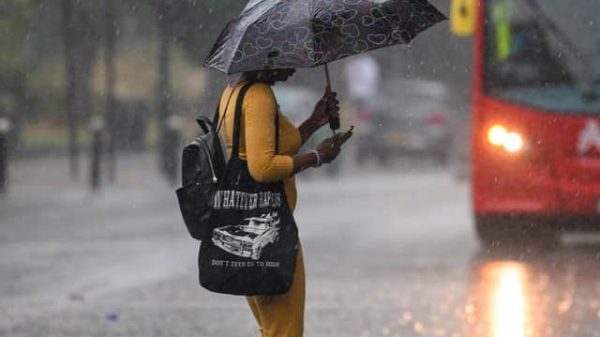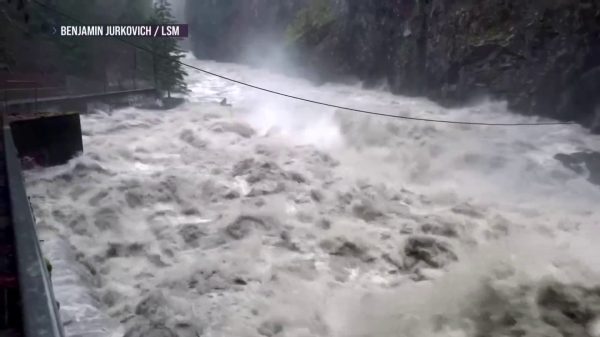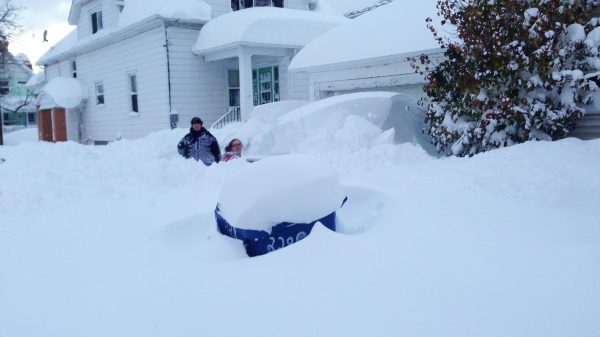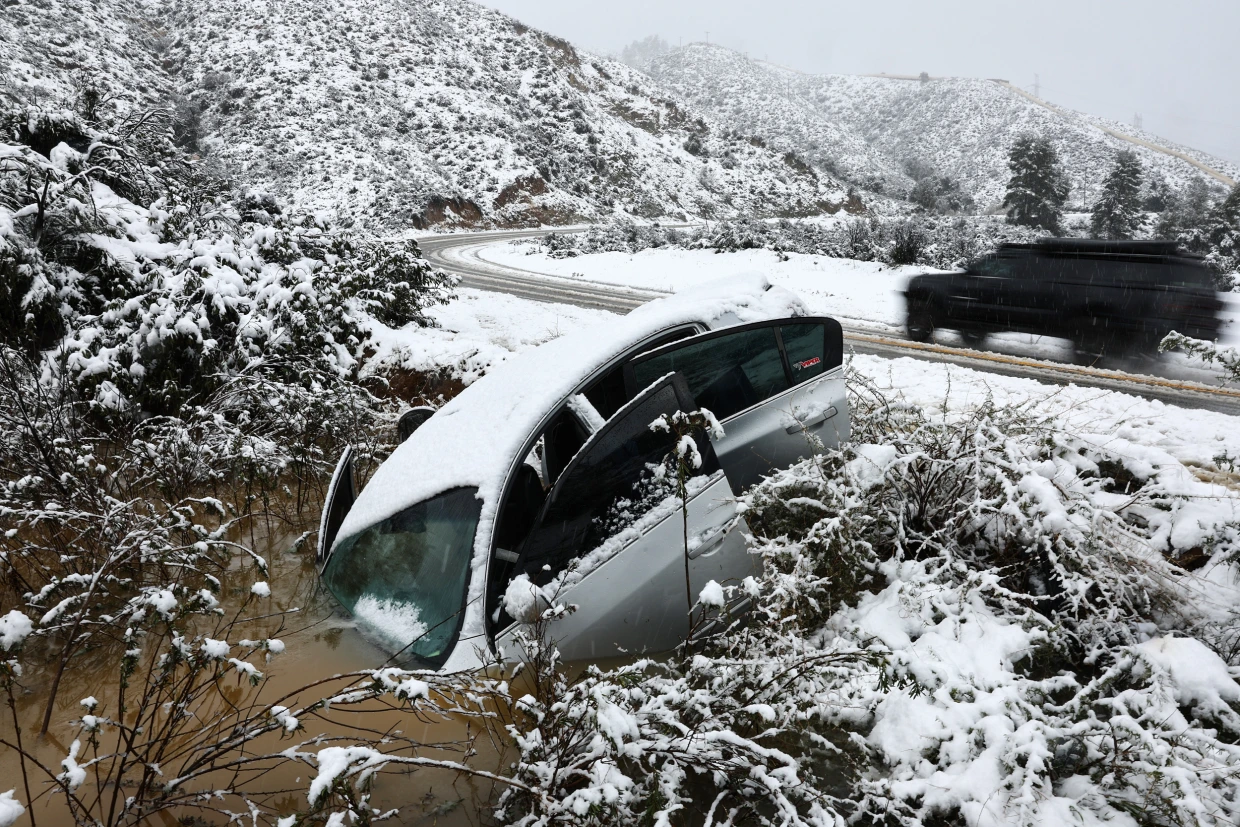After last year’s extremely significant snow helped alleviate the West’s long-standing water issue, particularly Lake Powell and Lake Mead outside Las Vegas, mountain snowfall estimates are crucial this winter.

East is hopeful of getting a water supply from the winter. (Source: USA Today)
Can Winter Solve the Water Supply Shortage?
Another big snow year might reduce water restrictions and allow farmers to grow melons, lettuce, and almonds. With the Rocky Mountains covered in snow, climatologists anticipate strong El Niño conditions to support Colorado River runoff this summer. More than half of the water that flows into Lake Powell, the massive reservoir between Utah and Arizona that sustains 40 million Americans, including California, originates from Colorado’s mountains. Another significant source is Wyoming’s Green River, which joins the Colorado near Moab, Utah. “I would use the term cautious optimism,” said Colorado Climate Center climatologist and water availability specialist Peter Bennett Goble.
El Niño conditions typically result in early snowfall in California’s Sierra Nevada mountains and later snowfall in the Rockies. During El Niño, trade winds that ordinarily move warm ocean water west toward Asia diminish, causing it to pool off the coast of North America and disrupt the jet stream flow. According to NOAA, it causes colder, drier winters in the north and east but wetter winters in the south. According to NOAA Climate Prediction Center meteorologist Scott Handel, these winter forecasts are ‘trending toward’ above-normal precipitation for much of the Central and Southern Rockies, Central Great Basin, and sections of the Southwest. “If you are a snow lover, this could be good news”.
Handel warned that every year is different. One or two strong storms, or their absence, can significantly impact the amount of snowmelt and downstream water flow. As it occurred this summer, a good snow year would raise Lake Powell levels since so much Rocky’s snow flows into it via the Colorado and Green Rivers. Some sections of the west received record-setting snowfall last winter, raising Lake Powell, which flows into Lake Mead via the Grand Canyon. However, experts warn that last winter’s snow did not solve the water situation in those lakes. Reservoirs have been gradually drained to make up the shortfall as farms and cities across the West demand more water than the Colorado River provides. Experts predict many years of above-average winters are needed to fill Powell and Mead. “When the snowpack is good not just here but for neighboring states, that takes a little bit of the pressure off Colorado to supply water to the basin across the west,” said Goble.
READ ALSO: Water Utility in Seattle Releases Notice of Water Restriction for Residents
Maximize Rivers as Water Source
The Biden administration negotiated a deal in spring for California, Arizona, and Nevada to reduce their Colorado River water use in exchange for more than $1 billion in aid payments to farmers, irrigators, and other water users, as well as Native American tribes that are legally entitled to water. Last year’s huge winter snow eased the shortage crisis, making that voluntary bargain possible. Both reservoirs are significantly below full, and even the snowiest winters are expected to keep them that way until 2024. 3 million acre-feet reduce water use until 2026 under the deal. An acre-foot of water (326,000 gallons) can supply two ordinary dwellings for a year in the West.
Lake Powell’s surface was 3,572 feet above sea level in early November, 12 feet lower than in early July. Lake Mead was at 1,065 above sea level, somewhat lower than last year but far below the projected 2020 low. Water is pumped from Lake Powell into Lake Mead by regulations to ensure the downstream reservoir has enough water for drinking, irrigation, and the hydroelectric turbines that power Las Vegas. Under the most likely snowfall scenario, Lake Powell is predicted to exceed 3,600 feet next spring, while Lake Mead could reach 1,075 feet. Users and electricity producers won’t have enough water if water levels drop too low. According to federal officials, Lake Powell and Lake Mead are 8% and 4% likely to dip below that crucial level by 2026.
El Niño and La Niña are short-term climate fluctuations, but most of the West is experiencing warmer and drier conditions owing to climate change. The process of aridification reduces rain and snow.
READ ALSO: Abundant Water Supply Year in California as 128% of Reservoirs are Filled

















































